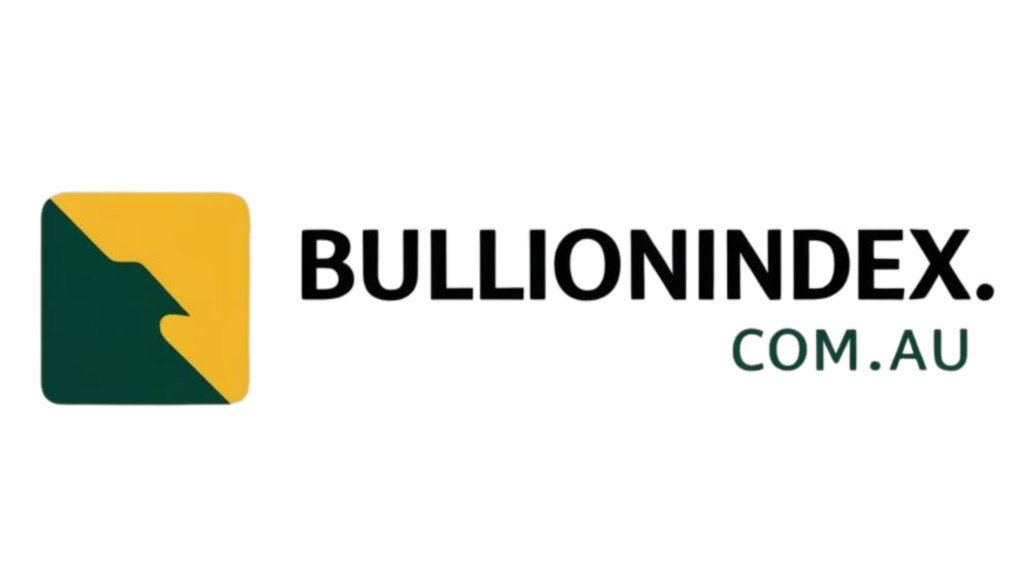Investing in gold has long been considered a stable and diversified option for investors looking to navigate economic uncertainties. The World Gold Council reveals that the total gold mined to date would fit into a cube measuring 21 meters. Most of the world’s gold has been mined since the California Gold Rush of the 1850s, with various uses ranging from jewelry to technology and investments.
The US holds the largest gold reserve globally, followed by countries like China, Russia, and South Africa. The UK, after selling off a portion of its reserve in the early 2000s, now holds around 310 tonnes of gold. The Royal Mint is responsible for producing the UK’s gold currency, including bullion bars and coins, ensuring the nation’s gold holdings are kept secure.
Gold prices are affected by various factors, including global demand, supply constraints, and economic and geopolitical uncertainties. The metal is often viewed as a safe haven investment during turbulent times, maintaining its value when other assets may falter. Recent geopolitical tensions have driven gold prices to record highs, with its value per ounce reaching significant levels in recent years.
The price of gold is determined by the London Bullion Market Association, with fixed and spot prices being key benchmarks for the precious metal. Investors have multiple avenues to invest in gold, including purchasing physical gold in the form of bullion bars, coins, or jewelry. However, owning physical gold comes with challenges such as storage and verification of authenticity.
Alternatively, investors can opt for gold and commodity funds, including ETFs that track gold prices or funds investing in gold mining companies. Buying shares in gold mining firms is another indirect way to gain exposure to gold prices, albeit with additional considerations like company performance and geopolitical risks.
Investing in gold offers advantages such as wealth preservation, acting as a hedge against inflation, and portfolio diversification. Gold’s stability over time and inverse correlation with other assets make it an attractive option for risk-averse investors. However, drawbacks include price volatility, lack of income generation, and challenges associated with physical gold ownership.
While gold remains a popular investment choice, investors may also consider other precious metals like silver, platinum, and palladium. These metals have shown price appreciation over the years and play a crucial role in clean energy technologies. Digital gold is another innovative option that allows fractional ownership of gold assets with lower storage costs.
Ultimately, the decision to invest in gold or other precious metals depends on individual risk tolerance and investment goals. Seeking professional financial advice is recommended to ensure that gold investments align with one’s financial objectives and risk profile.
📰 Related Articles
- Tony Robbins Advocates Bonds for Retirement Stability and Wealth Preservation
- Exploring Gold Investment Options in the UK for Stability
- Why Invest in Gold: Strategies, Benefits, and Portfolio Diversification
- Unlocking Investment Potential: Platinum and Palladium Beyond Gold
- Strategic Retirement Planning: Diversification, Automation, Debt Reduction for Stability






